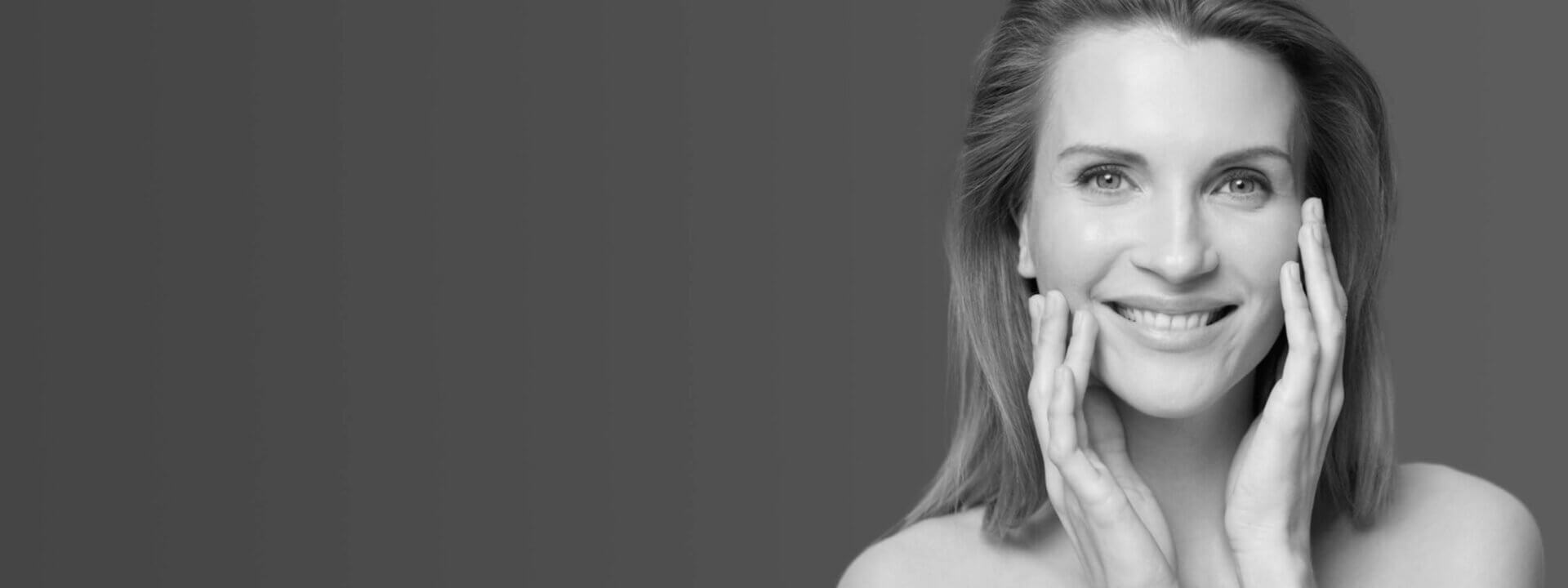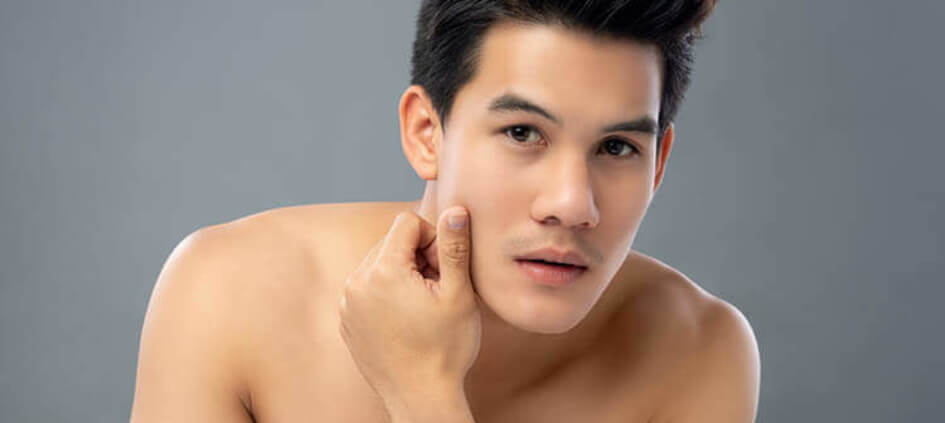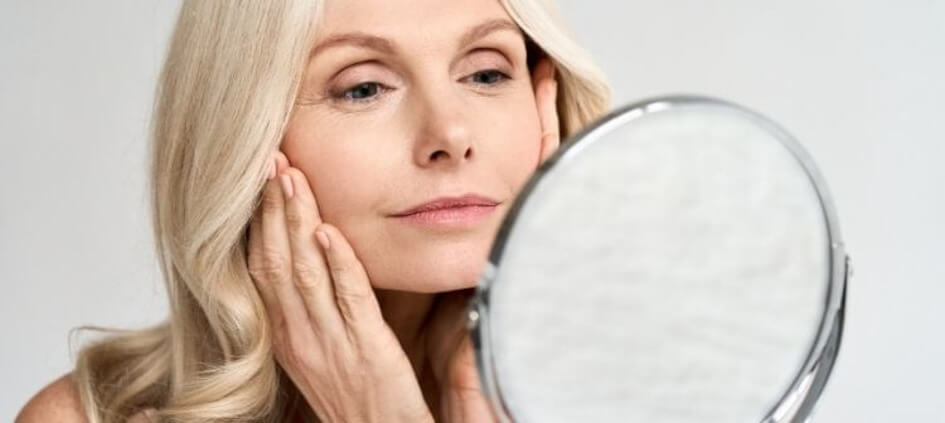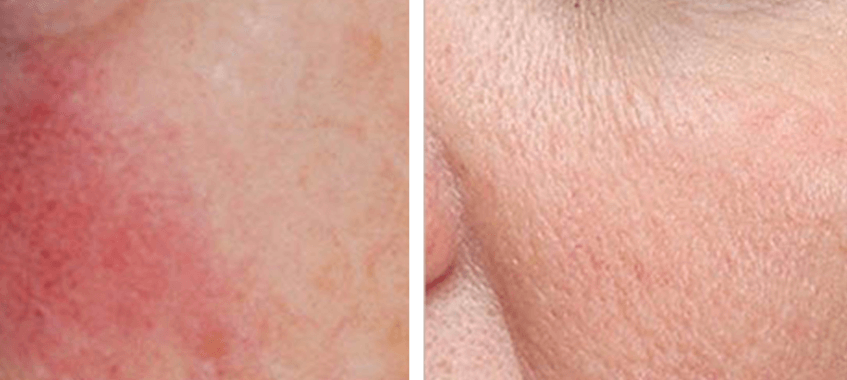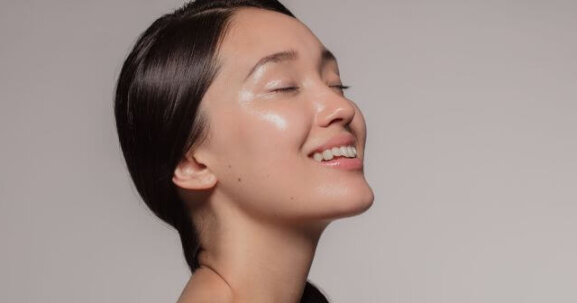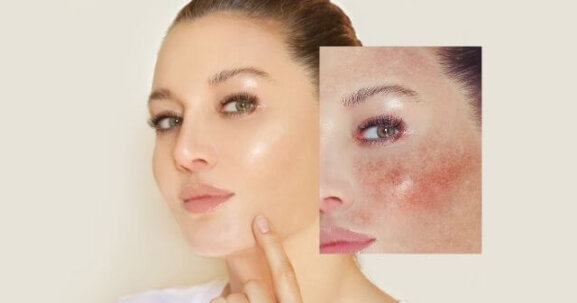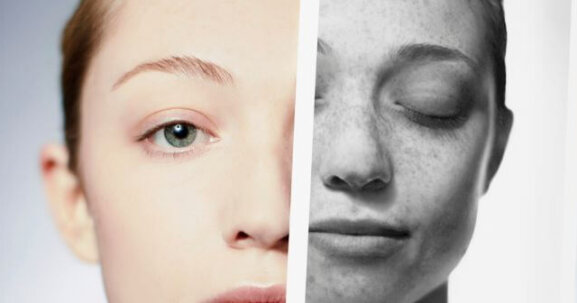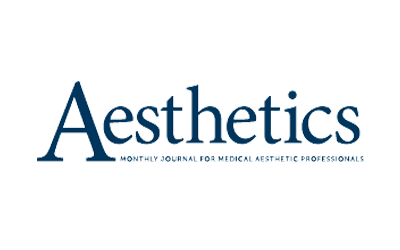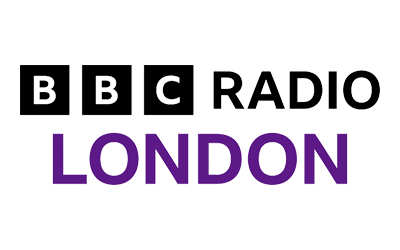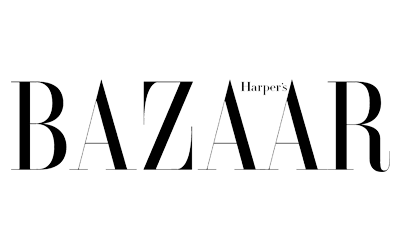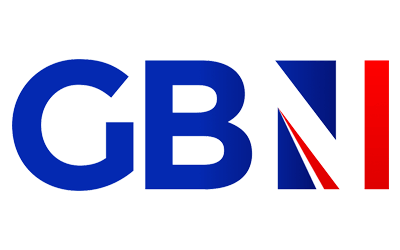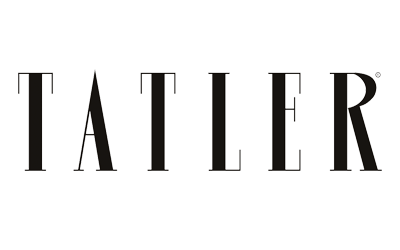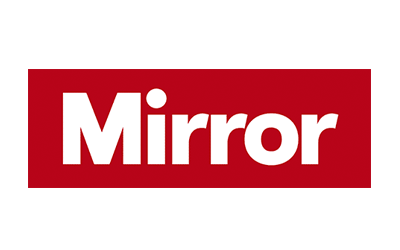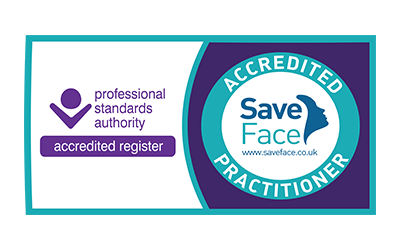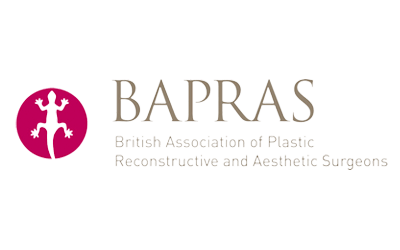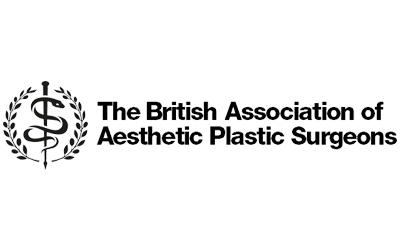It’s common to have vascular skin conditions: facial spider veins, rosacea, angiomas, port wine stain birthmarks and other vein-related problems. But just because they’re common doesn’t mean that you should put up with them, especially if they are affecting your confidence and self-esteem. The Vbeam pulsed dye laser system is designed to help you, safely treating a multitude of vascular skin conditions as well as other skin conditions, such as certain forms of psoriasis or stretch marks.
So how does it do this? The Vbeam is a non-ablative laser treatment that produces an intense but gentle burst of light that will selectively destroy the blood vessels of your vascular lesion(s), without damaging the surrounding skin and tissue. The benefits are clear:
✔Treatment for vascular and other skin conditions
✔ Improved skin tone
✔ Improved skin texture
✔ Improved skin laxity
✔ Younger-looking skin
Our expert team at Karidis offer the highest quality non-surgical treatments in London from our skilled medical professionals. Our selection of Vbeam laser before and after images highlights our exceptional results.
Everyone’s skin is different! To find out exactly what our Vbeam treatment can do for you, give our London clinic a call today.
